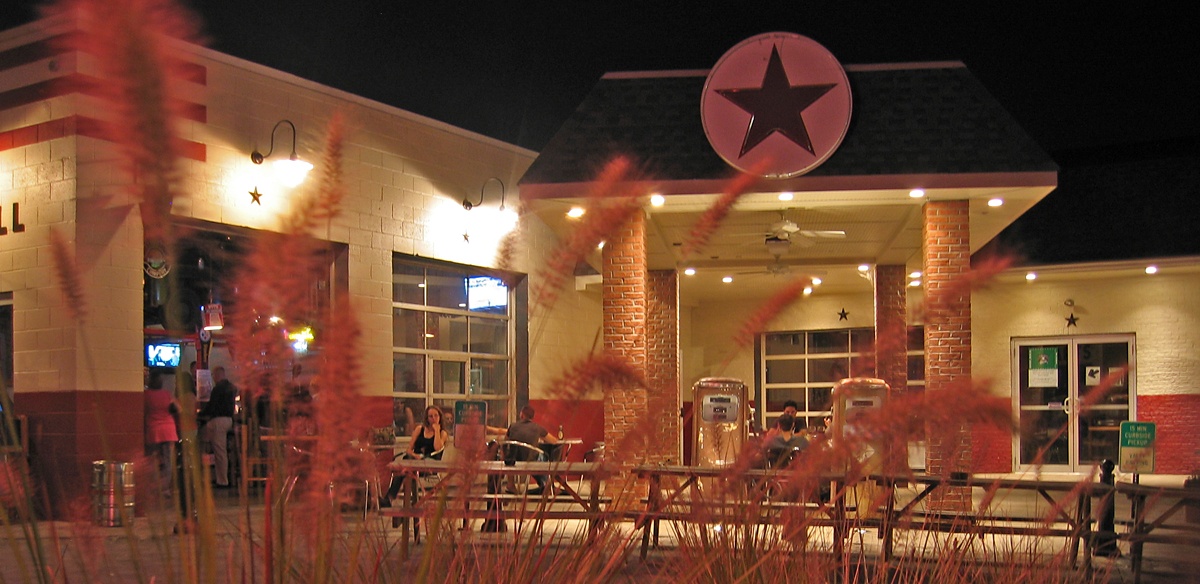
.jpg?width=723&height=352&name=Gas_Station_reuse_as_bar-restaurant_Pittsburgh_(4080998721).jpg)
An old gas station finds new life as a bar/restaurant in Pittsburgh.
Buildings often outlive their original purpose.
Old-fashioned gas stations become obsolete, mill buildings remain standing long after the industry they supported disappeared, or architecturally intricate government buildings stand empty among a growing residential community.
These buildings can often represent business real estate opportunities for offices that provide distinct design character and appeal, access to prime locations that could be otherwise difficult to acquire, and the possibility for more affordable acquisition.
Should you suggest an adaptive reuse to your client, or consider this approach for an upcoming business real estate project?
Let’s explore a few of the key considerations for this kind of property.
Adaptive reuse is most popular in small towns and along busy corridors, and is most often suited best to small business real estate, such as professional offices, retail boutiques, and services such as salons or coffee shops. The existing structures lend a comfortable aesthetic that often compliments these kinds of businesses, and the typically central location allows small businesses to nestle among the community and establish important relationships with customers and neighbors.
There are many considerations to weigh when facing the option of adaptive reuse for a business real estate project. While the pros and cons are always unique to a particular situation, many of the following apply to adaptive reuse projects anywhere:
Pros
Cons
Existing structures that are ripe for adaptive reuse can often be found in former factories, schools, agricultural structures, churches, and even gas stations. Because every structure will have its own challenges and opportunities, it is crucial to do as much investigative research into the existing conditions as possible. Who knows what you'll find when you open up a floor or wall?
RELATED: Find out about adaptive resue specifically for industrial buildings
Adaptive reuse can be unpredictable, expensive and time-consuming. It can mean added red tape, time, and money. However, the pros often outweigh the cons. Finished adaptive reuse projects are sustainable and environmentally responsible, often financially successful, and enhance the community with a sense of character and history.
These Stories on Commercial Real Estate
No Comments Yet
Let us know what you think